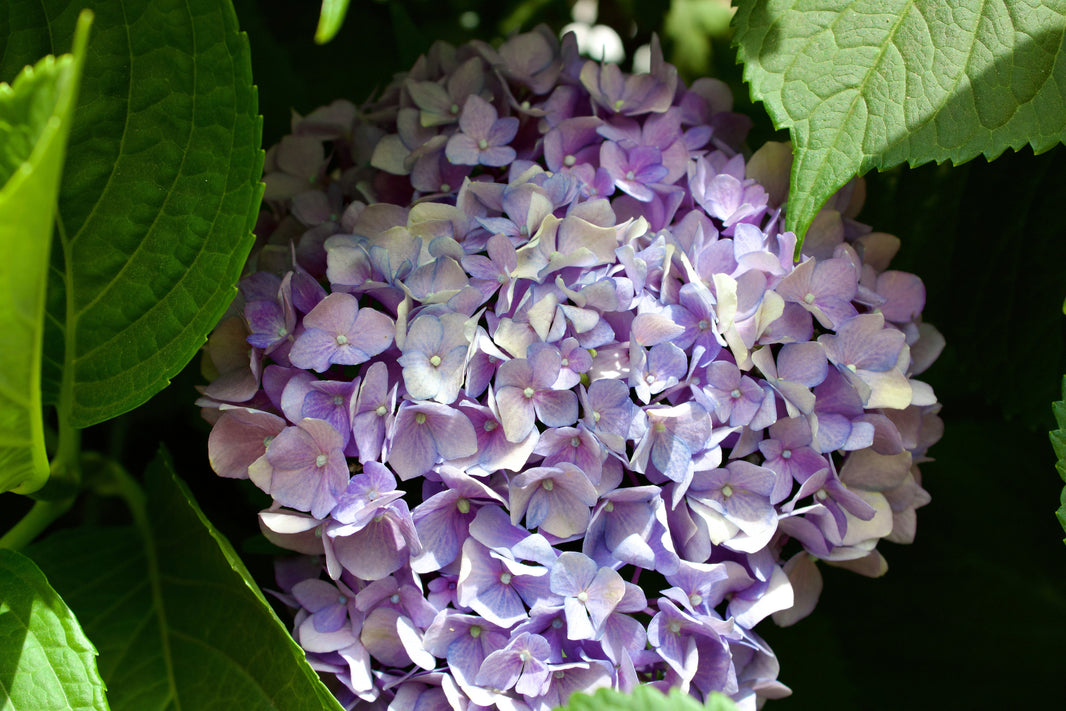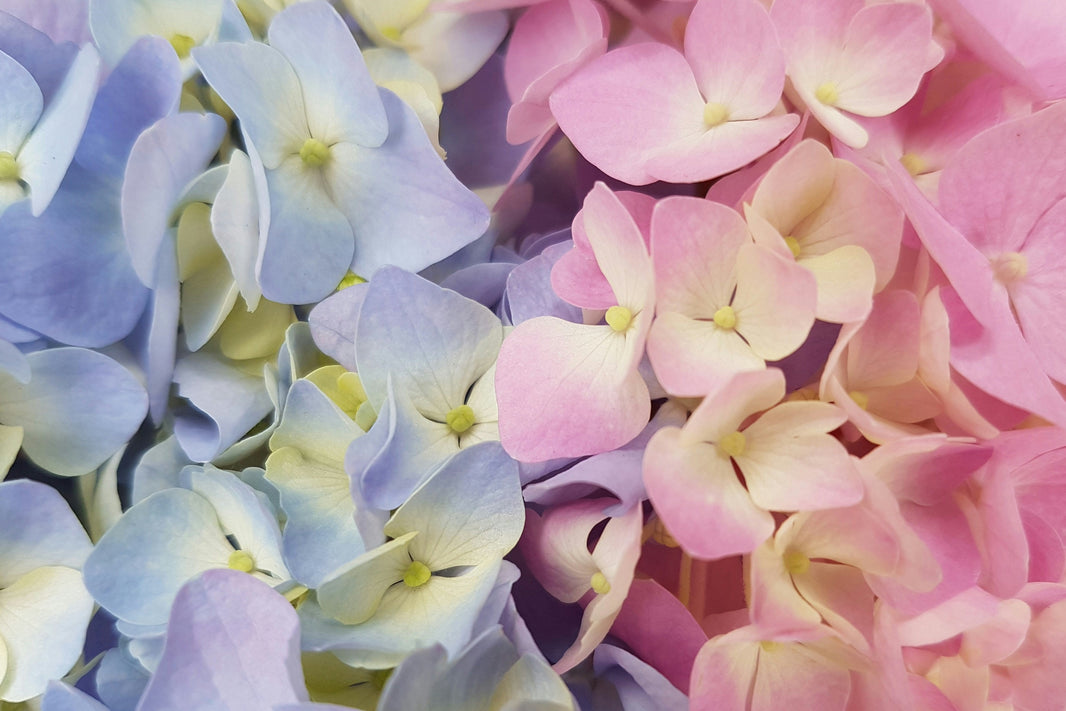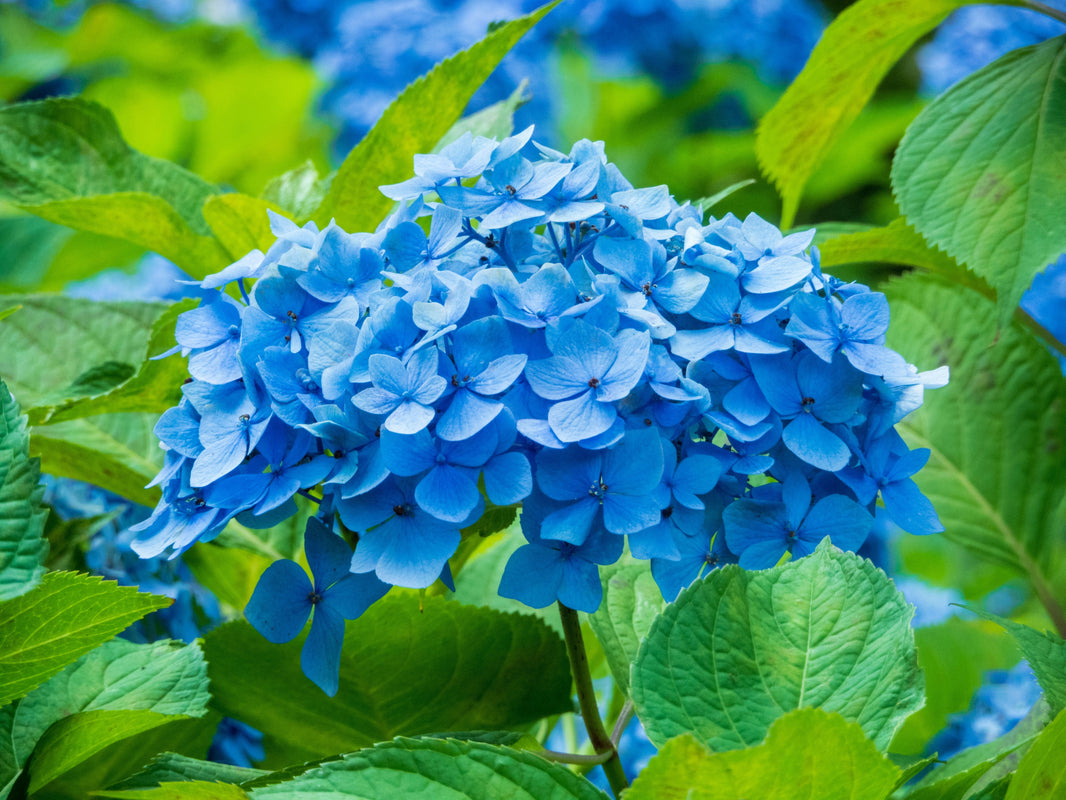Weddings are as diverse as the couples they celebrate. From lavish, multi-day events to simple, heartfelt gatherings, the size and style of a wedding can vary dramatically—and so can the cost. With inflation and social media-inspired expectations, many couples today wonder: is it still possible to host a beautiful, full-scale wedding on a $30,000 budget?
The short answer is yes—but it takes careful planning, clear priorities, and a bit of creativity. A $30,000 wedding may not include every extravagance, but it can absolutely cover all the essential components of a meaningful and memorable celebration.
Nationally, the average wedding cost in the U.S. hovers around $28,000 to $35,000. That puts a $30,000 budget right in the middle. With smart decision-making, you can have a traditional ceremony, elegant reception, floral décor, professional photography, and even entertainment—all while staying within budget.
The key to success is knowing where to allocate your funds. Not all elements of a wedding carry the same weight for every couple. Some prioritize food and music, while others care most about florals or photography. Knowing your values early helps you focus spending where it will bring the most joy.
Working with trusted vendors and looking for budget-friendly alternatives are also essential strategies. Whether it’s choosing in-season flowers or finding a venue that includes rentals, small decisions can have a big impact on the final total.
You also don’t need to cut corners or compromise on elegance. With intentional design and thoughtful choices, you can craft a wedding that feels luxurious—even if it’s not backed by an unlimited bank account.
In this post, we’ll break down exactly what a $30000 wedding budget can cover, how to allocate your wedding cost categories, and where to find opportunities for budget wedding planning success—while highlighting resources like WholesaleFlowers.net that can help you make the most of your flower budget.
Allocating Your Wedding Budget by Category
To begin planning a $30,000 wedding, start by dividing your total budget into major categories. Most wedding planners recommend using percentages to guide spending. This keeps your finances balanced and ensures you don’t overspend in one area while underfunding another.
Typically, the venue and catering will take the largest share—about 40% to 50% of your total. That means $12,000 to $15,000 of your $30,000 budget will likely go toward a space rental and feeding your guests. This includes food, beverages, tables, chairs, and linens if not included by the venue.
Photography and videography are often the next highest cost at around 10% to 12% of the budget, or roughly $3000 to $3600. Capturing your big day is a top priority for many couples, and talented professionals can work within various budget ranges.
Attire, including the wedding dress, groom’s suit, accessories, and alterations, usually falls around 8% to 10%. For a $30,000 wedding, that’s around $2400 to $3000. This allows for elegant attire with room for accessories like shoes, veils, and jewelry.
Floral and décor should account for 8% to 10% of your budget. With around $2400 to $3000 set aside for flowers, you can have gorgeous personal florals, centerpieces, and ceremony installations. This is also where a wholesale flower provider like WholesaleFlowers.net can offer tremendous value.
Music and entertainment typically take up 8% to 10% of the budget as well, which means allocating $2400 to $3000 for a DJ, live band, or ceremony musicians. DJs are generally more affordable than live bands and can offer a broader range of music styles.
Stationery—including save-the-dates, invitations, menus, programs, and thank-you cards—usually takes up about 3% to 5% of the budget, or roughly $900 to $1500. Digital invites and printing services can help save money in this category.
Cake and desserts tend to require 2% to 3% of the budget, around $600 to $900. Whether you choose a custom tiered cake or a dessert bar, there are plenty of ways to make this sweet moment beautiful and cost-effective.
Transportation and day-of coordination fall into the final 5% to 8%, around $1500 to $2400. This covers limo or shuttle services, and potentially a coordinator to manage vendors and timelines, which is a worthwhile investment to reduce stress on the big day.
Setting aside a small 3% to 5% buffer ($900 to $1500) for last-minute expenses or emergency needs ensures your budget remains intact even if unexpected costs arise.
By thoughtfully dividing your $30,000 budget and tracking your expenses along the way, you can enjoy every wedding detail without worrying about overspending.
Finding the Right Venue Within Budget
The venue is one of the most significant costs in any wedding, so finding one that fits your $30000 wedding budget is crucial. The right venue not only sets the tone for your entire celebration—it can also help consolidate costs by including essentials like tables, chairs, linens, or even catering.
Look for venues that offer all-inclusive packages. These typically combine rental fees, catering, furniture, and basic décor in one price. Not only does this simplify planning, but it also makes budgeting more transparent and manageable.
Consider non-traditional venues. Museums, community centers, art galleries, parks, and family-owned farms often cost less than popular wedding halls or ballrooms. These locations also offer a unique atmosphere that can reduce the need for heavy decoration.
Hosting a wedding during the off-season or on a weekday can lower your venue cost significantly. Peak months (like June and September) and weekends (especially Saturdays) come with a premium. A Friday or Sunday wedding in spring or winter may cut your venue expenses by thousands.
Another budget-friendly approach is hosting the ceremony and reception at the same location. This reduces transportation costs, additional rental fees, and logistical complications. Many couples find that single-location weddings create a more seamless and intimate experience.
Ask about what’s included. Some venues charge a low rental fee but require you to rent everything separately—including tables, chairs, glassware, and lighting. Others offer packages that include all these essentials. Clarify exactly what you’re getting to avoid hidden costs.
Backyard weddings are growing in popularity for budget-conscious couples. If you or a loved one has a beautiful property, hosting at home can eliminate venue fees entirely. Keep in mind, though, that you’ll likely need to rent a tent, restrooms, and possibly a generator or lighting.
Some restaurants or wineries offer private event spaces with food and beverage minimums instead of venue rental fees. If your guest count is modest, this option allows you to enjoy high-quality food and a unique setting without breaking your budget.
Read contracts carefully. Ask about overtime fees, insurance requirements, and cancellation policies. Knowing these details in advance protects your budget and prevents unexpected charges later.
By choosing a venue strategically, you may be able to save enough to reallocate funds toward other categories like photography, entertainment, or your wedding flower budget. Flexibility, creativity, and early booking can make all the difference.
Catering Options That Won’t Break the Bank
Food is one of the most anticipated parts of any wedding. It’s also one of the most expensive. Fortunately, with thoughtful choices, you can serve a delicious meal that fits comfortably within your budget wedding planning strategy.
Buffet-style catering is typically more affordable than plated dinners. It requires less staff, simplifies service, and gives guests more control over their meal. A well-designed buffet can feel just as elegant with the right presentation and menu choices.
Family-style dining is another cost-effective option. It offers the feel of a plated dinner without the high labor costs. Sharing platters of food promotes connection and conversation while keeping costs relatively low.
Consider brunch or lunch receptions. Morning weddings followed by a daytime meal are growing in popularity—and not just because of the light. Breakfast and lunch foods tend to cost less per plate than evening entrees, and alcohol consumption is typically lower during the day.
Food trucks are an exciting and trendy way to feed your guests. While not always cheaper per person, they eliminate the need for traditional catering staff and offer a fun, interactive experience that many guests love. You can also combine trucks with a dessert bar or late-night snacks.
Work with local restaurants or small catering businesses. They may offer lower pricing and more flexibility than large-scale wedding caterers. Establishments that are new to weddings may also offer discounts for the opportunity to build their portfolio.
Ask about limited menu options. Offering two main entrée choices instead of three or four simplifies prep and cuts down on waste. Your caterer will appreciate the efficiency, and you’ll benefit from the cost savings.
Skip the open bar. A limited bar with beer, wine, and one or two signature cocktails keeps guests happy without racking up an enormous bar tab. Alternatively, a BYO alcohol policy—if allowed by your venue—can reduce costs significantly.
Don’t over-order. Caterers typically suggest food quantities based on full attendance, but some guests will skip courses or drink less than expected. Plan your final headcount conservatively to reduce food waste and unnecessary expense.
Ask if your caterer includes extras like china, flatware, serving staff, and cake cutting. If these services aren’t included, you’ll need to rent them separately, which can increase your overall cost unexpectedly.
With thoughtful vendor selection, simplified service styles, and creativity in menu planning, you can offer a meal that delights guests without derailing your $30000 wedding budget.
Managing Floral Costs Without Losing Style
Flowers play an integral role in setting the atmosphere of your wedding. From bouquets and centerpieces to arches and ceremony accents, they add life and romance to your celebration. But when planning a $30000 wedding, managing your wedding flower budget wisely is key to keeping expenses under control.
Start by prioritizing high-visibility areas. Focus your floral spending on the bouquet, ceremony backdrop, and a few standout reception centerpieces. These areas get the most attention and appear in the majority of your photos, so a little goes a long way.
Repurpose your ceremony flowers at the reception. Altar pieces can be moved to the head table or near the dance floor. Aisle markers can become table décor or frame the bar. This strategy effectively doubles your floral use without doubling the cost.
Choose flowers that offer more volume per stem. Hydrangeas, stock, and carnations are budget-friendly options that fill space well and reduce the number of stems you need. These blooms can look high-end when styled intentionally.
Greenery is your best friend. Eucalyptus, ferns, and ruscus can add movement and lushness to arrangements without the high price tag of focal flowers. Greenery can also create dramatic garlands, aisle runners, or table accents with minimal floral support.
Use a mix of centerpiece styles. Alternate between tall arrangements, low vases, and candle groupings to add visual interest while keeping costs balanced. You don’t need a full floral centerpiece at every table to achieve a cohesive and luxurious look.
Embrace seasonal and local flowers. Blooms that are in season are not only fresher but also more affordable. Ask your florist or supplier what’s blooming naturally around your wedding date to get the best value.
Opt for a trusted wholesale source. Suppliers like WholesaleFlowers.net allow you to purchase high-quality flowers at bulk pricing. This is ideal for couples doing DIY florals or working with a freelance florist. Their wide selection and reliable service help maximize your flower dollars.
Simplify personal flowers. Bouquets, boutonnieres, and corsages can be elegant without being over-designed. A handful of well-arranged stems tied with silk ribbon creates a timeless look while reducing floral volume and design time.
Finally, consider skipping flowers altogether for some décor items. Candlelight, lanterns, signage, or textile elements like gauze runners or velvet linens can enhance the romantic atmosphere while saving on blooms.
With a few floral design adjustments and a reliable supplier like WholesaleFlowers.net, your wedding can bloom with beauty and style—no matter what your flower budget may be.
Photography and Videography Prioritization
Capturing your wedding day through professional photography and videography is one of the most important investments you’ll make. These are the memories you’ll revisit for years to come, so even in a budget wedding planning scenario, it’s important not to cut corners here.
Allocate 10–12% of your total wedding budget to photography and videography. That equals about $3000–$3600 from a $30,000 budget, which allows for a solid package that includes full-day coverage and an edited highlight reel or album.
Prioritize experience and style. Choose a photographer whose aesthetic matches yours—whether that’s moody and artistic or light and airy. An experienced professional will know how to capture the emotions, lighting, and key moments effortlessly.
If full videography isn’t in the cards, consider hiring a hybrid photographer who also offers short video clips. Many photographers now provide reels or ceremony highlight footage as part of their packages, offering more value for less.
Engage your photographer early. Booking your vendor at least 6 to 12 months in advance increases your chances of securing a talented pro at a more affordable rate. Waiting too long can limit options and drive up pricing during peak season.
Ask about coverage tiers. Some photographers offer customizable packages that allow you to cut down on pre-ceremony or late-night coverage. Opting for partial coverage while focusing on key moments can save hundreds without sacrificing quality.
Consider emerging talent. Skilled newer photographers may offer competitive rates to build their portfolios. If their style resonates with you and they have positive client reviews, this could be a budget win.
Review what’s included. Some photographers offer complimentary engagement sessions, online galleries, or albums in their pricing. These extras can enhance the overall value of your package and reduce the need for additional purchases later.
Videography can be scaled too. A short highlight film may cost less than a full-length edit, and still provide a beautiful memento of your day. Some videographers offer drone footage, ceremony-only filming, or raw footage options at different price points.
Factor in turnaround time. A longer delivery window may indicate lower costs. If you’re flexible on when you receive your edited photos or video, ask if that can help reduce the final price.
Photography is one category where quality truly matters. Allocate enough of your budget here to ensure the memories you’re capturing are as stunning and authentic as the day itself.
Wedding Attire Without Overspending
Dressing for your wedding is a major part of the celebration, but it doesn’t have to consume an outsized portion of your $30000 wedding budget. With smart planning and savvy shopping, you can look and feel incredible without breaking the bank.
Start by allocating around 8% to 10% of your total budget for wedding attire. That gives you $2400 to $3000 to cover the bride’s dress, groom’s suit or tux, shoes, accessories, and any necessary alterations or fittings.
For wedding dresses, consider shopping sample sales or trunk shows. Bridal boutiques often mark down their display dresses dramatically to make room for new inventory. These dresses are usually high-end and in excellent condition, available for 50%–70% off.
Online retailers like BHLDN, Lulus, or Azazie offer fashionable gowns at a fraction of traditional boutique prices. Many styles range from $100 to $1500 and come with generous return policies, which makes shopping less stressful.
Secondhand marketplaces are booming. Websites like Stillwhite, Nearly Newlywed, and Poshmark connect brides with gently worn designer dresses at reduced prices. You can also sell your dress after the wedding to recoup part of the cost.
For grooms, renting a tuxedo or suit is a common option. Rental packages often include a jacket, pants, shirt, tie, and shoes for under $200. If buying is preferred, look for seasonal sales at department stores or specialty menswear shops.
Bridal party attire can also be budgeted efficiently. Let bridesmaids choose their own dresses in a chosen color palette. This allows them to stay within their own budget while still coordinating beautifully in photos.
Alterations should be budgeted separately. Even affordable gowns often need hemming, bust adjustments, or strap alterations. Set aside $100–$300 for tailoring to ensure a perfect fit without last-minute surprises.
Accessories complete the look. Consider borrowing heirloom jewelry or shopping small boutiques for veils, hairpieces, or earrings. Renting high-end accessories is another way to achieve a luxury look for less.
Ultimately, your wedding attire should reflect your style and make you feel confident. By staying open to less traditional options and doing your homework, you can achieve a runway-worthy look on a runway-free budget.
Cake, Sweets, and Dessert Displays
Your wedding cake and dessert table may be the final course, but they play an important visual and celebratory role. Fortunately, this is one area where even budget-conscious couples can impress their guests without blowing their wedding cost plan.
Plan to spend 2% to 3% of your budget here—around $600 to $900. That can cover a beautiful cake and/or a creative dessert display that provides variety and satisfies sweet cravings for guests.
A traditional tiered wedding cake is often priced per slice. The average cost ranges from $5 to $10 per guest depending on design complexity, flavors, and whether the cake is custom or bakery-standard. For 100 guests, a simple buttercream cake might cost $500–$700.
Go for a smaller display cake paired with sheet cake in the kitchen. This gives you the photo-worthy cutting moment without needing enough decorative cake for everyone. Sheet cake slices cost less and taste just as good.
Cupcake towers or dessert bars are trendy and cost-effective. Mini desserts like donuts, brownies, tarts, or cookies offer a variety of flavors and allow for beautiful styling on trays and tiers. These options often cost less than $3 per serving.
If you’re DIY-inclined, homemade desserts from family or friends can create a personal touch. Just be sure your venue or caterer allows outside food. A dessert potluck can be charming at backyard weddings or casual receptions.
Ask about venue or caterer inclusions. Some packages already include a basic cake or dessert option. Upgrading a simple sheet cake with fresh flowers or decorative stands might be more affordable than starting from scratch with a custom cake artist.
Choose buttercream over fondant. Buttercream cakes are often less expensive and easier to store and slice. Plus, they offer a smoother, softer texture that many guests prefer.
Decorate your cake with fresh flowers or seasonal fruits instead of fondant shapes or intricate sugar art. This not only saves on labor but ties your dessert into your overall wedding theme naturally and elegantly.
Display plays a big role in perceived value. Use coordinated cake stands, vintage trays, greenery, or signage to enhance your dessert table. Guests will appreciate the design effort, even if the sweets are simple.
A well-executed dessert plan balances aesthetics, taste, and cost. With thoughtful presentation and smart ordering, your final course can be a sweet success without devouring your budget.
Entertainment That Keeps Guests Happy
Music is the heartbeat of your wedding day. From ceremony processionals to first dances and late-night dancing, entertainment plays a huge role in setting the tone. You don’t have to spend a fortune to keep the energy up and guests engaged.
For a $30000 wedding, plan to allocate 8% to 10% of your budget—or $2400 to $3000—for music and entertainment. This allows for flexibility whether you choose a DJ, live band, or creative alternatives.
DJs are a budget-friendly option that delivers high energy and variety. Most experienced wedding DJs fall within the $1000–$2000 range, depending on region and duration. Be sure to ask if equipment, lighting, and emcee services are included.
Live bands are more expensive but offer a unique and dynamic performance. Local bands or duos may work within a tighter budget, especially if hired for partial sets like cocktail hour or ceremony music rather than the entire reception.
For ceremony music, consider hiring a solo instrumentalist like a guitarist or violinist for $300–$600. This creates an intimate, elegant atmosphere and is often more affordable than a full quartet.
Create a custom playlist and rent a sound system if your venue is small or casual. This ultra-budget option works well for backyard or brunch weddings but does require someone tech-savvy to manage the flow of music.
Ask about package deals. Some DJs offer all-day service including ceremony sound and lighting, which saves on hiring multiple vendors. Bundling services typically results in better pricing overall.
Keep your timeline efficient. If you’re working with a band, reduce performance hours to just the dancing portion of the evening. Use pre-recorded background music for dinner or transitions to help balance costs.
Don’t forget the emcee role. Many DJs include this as part of their package. A confident emcee can maintain the flow of the evening and reduce the need for additional coordination services.
Entertainment also includes photo booths, dancers, or late-night performers. If your budget is tight, opt for one extra wow-factor experience that reflects your personality—rather than overloading the schedule.
Ultimately, your guests will remember how they felt at your wedding. Good music, thoughtful timing, and joyful moments will make your celebration unforgettable—no matter how much you spend.
A $30,000 wedding budget might not seem extravagant in today’s wedding market, but with strategic planning and thoughtful spending, it can absolutely fund a full, elegant, and unforgettable celebration. From selecting a venue that offers inclusive value to sourcing stylish attire without boutique markups, success lies in balancing personal priorities with smart budgeting.
By allocating your funds across key categories—venue, catering, photography, florals, attire, entertainment, and extras—you ensure every part of your celebration is covered without surprise expenses. This level of organization is the foundation of effective budget wedding planning.
Creativity plays a major role in stretching dollars further. Reusing ceremony décor at the reception, alternating centerpiece designs, embracing greenery, or using DIY signage all reduce costs while adding personality to your event. Each decision should be made with both function and beauty in mind.
Trusted vendors also make a major difference. A well-connected planner or florist can help you find options you hadn’t considered, and a reliable photographer ensures every thoughtful detail you worked hard to afford is beautifully documented.
Your wedding flower budget, for example, is one area where selecting a resource like WholesaleFlowers.net can make an enormous impact. Their wide selection of fresh, bulk flowers and greenery helps couples and DIY florists bring high-end designs to life—without premium markups.
If you’re ready to explore flowers that fit beautifully into your $30,000 budget, click here to view their full collection. With WholesaleFlowers.net as part of your vendor team, your floral vision is closer—and more affordable—than you think.
Ultimately, weddings are about celebrating love, not meeting social expectations. Your day should reflect your style, values, and budget—not someone else’s. Whether your dream includes a live band and custom cocktails or an intimate backyard ceremony with DIY décor, $30,000 is more than enough to craft a day you’ll remember for a lifetime.
Planning a beautiful, full wedding on this budget is not only possible—it’s achievable and empowering. With the right tools, mindset, and vendors, your wedding can be an authentic reflection of your story, perfectly balanced with financial peace of mind.
So, breathe easy, plan smart, and embrace the excitement of bringing your dream day to life—one intentional, well-budgeted decision at a time.






